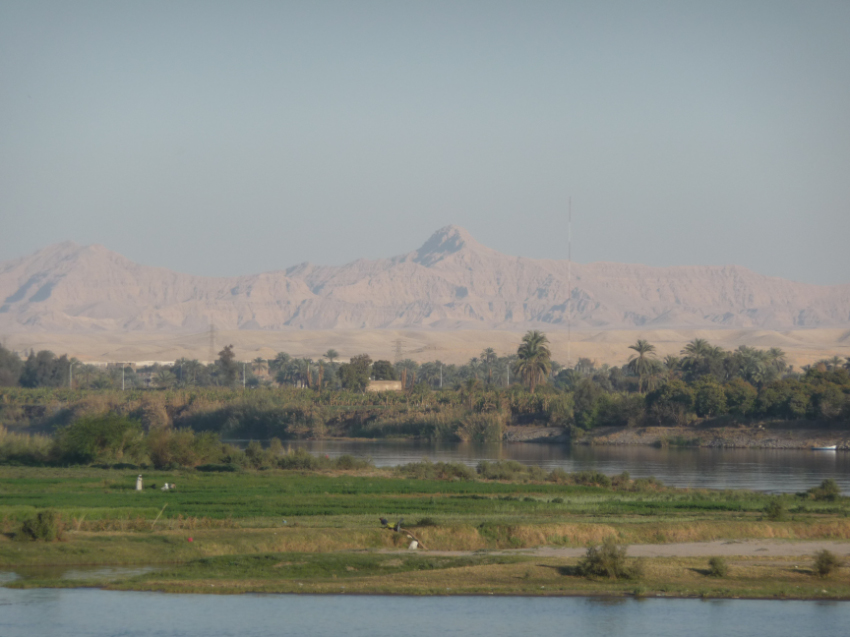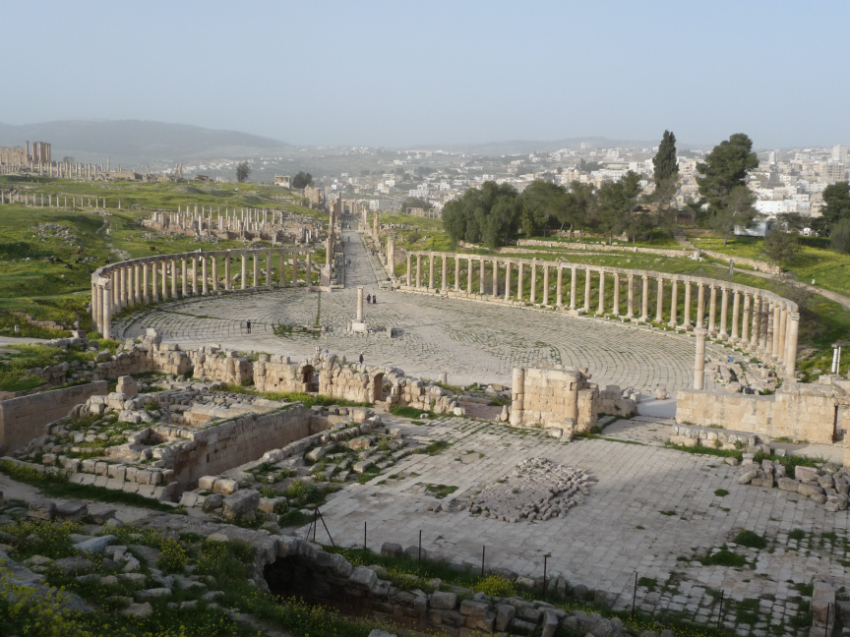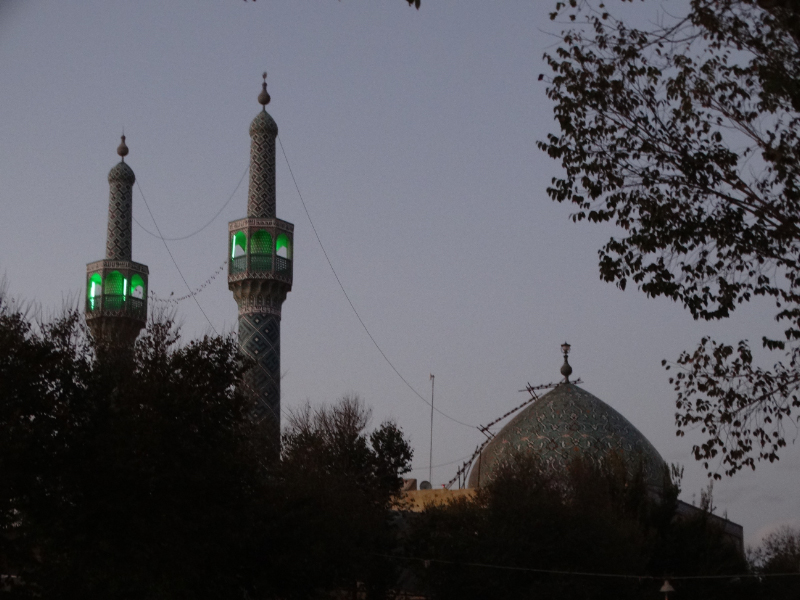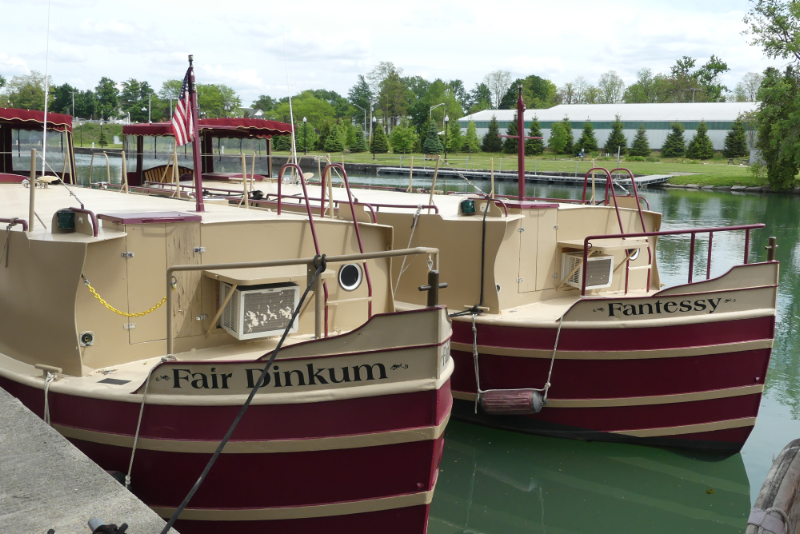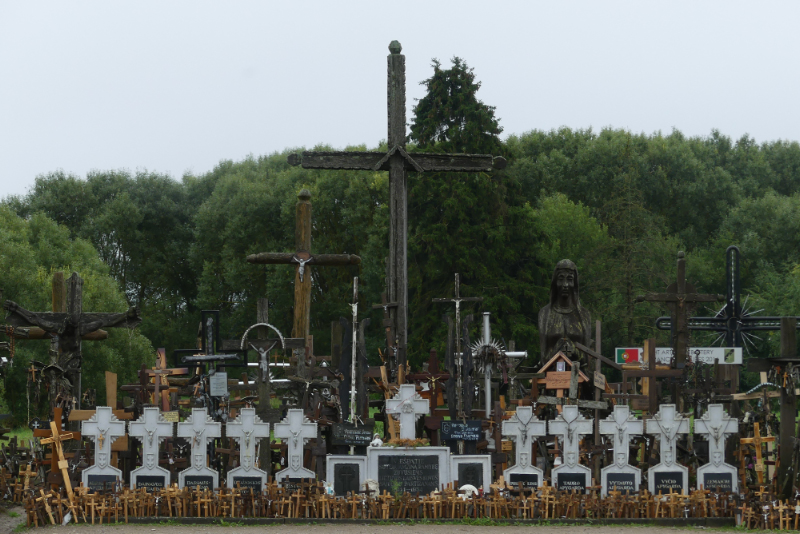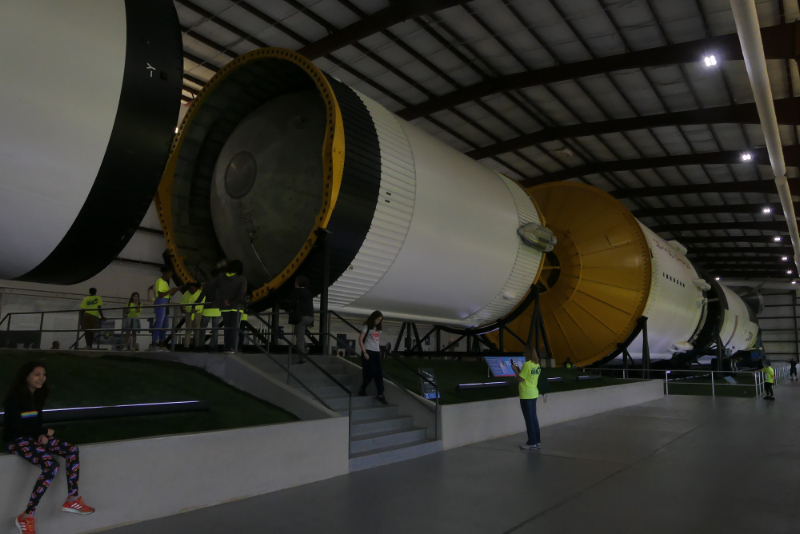Tongatapu Island, Tonga. 20 May.
We hired a little VW Beetle for our exploration of Tongatapu, the main island of Tonga. The VW was looking very tired – door lining was falling off, the centre console box had lost its lid and various bits of lining were cracked and broken. I don’t think the VW is designed for the harsh tropics. We wondered how many circuits it had taken to reach 80,000km that was on the clock.
We drove a figure 8, firstly travelling south from the main city of Nuku’lofa to see the Ha’halolo blowhole. Amazing spouts of water coming up from the rocks – not good for the cameras which needed thorough cleaning. This must be true ship wreck area, the relatively calm seas hit the rocks and created massive spouts of spray and mist with a vengeance. The site was not well signed, but I was able to navigate with the map I had saved on Google Maps.
We then travelled west on the southern Hala Liku road to the far end of the island to see the spot where Abel Tasman had landed in 1634. From here we could easily make out the islands dotted around the coast to the north.
We passed a funeral ceremony, where many people were dressed in black tupenu (skirts) with the ta’ovala (mat) around tied their waist. A group of people were carrying a canopy to the burial site. This will cover the site while an elaborate memorial of stones, flowers and decoration is put in place.
We learned later that it is appropriate to wear an older tattered ta’ovala to funerals. Finer ta’ovala, more intricately woven are for happier occasions such as weddings. The highest form of ta’ovala is finely woven and bleached in the ocean to give it a white appearance.
We travelled east and chose Hala Loto the middle of the three major roads. The road is sealed but in very bad repair with pot holes ranging from a few centimetres to metres in width and often filled with water from the recent rains. It was slow going until we reached the boundary of one of the royal residences, where the road improved markedly.
Our next stop was the place of Captain Cook’s landing in 1777 for the Inasi festival. He was welcomed by the Tu’i Tonga (sacred King of Tonga). This was Cook’s third visit to the Tonga islands, which he named the Friendly Islands, unaware that the chiefs were plotting to murder him. Lucky for Cook they couldn’t figure out how to carry out their plot. Cook brought the Endeavor into the lagoon which takes up half the northern part of the island. It is surrounded by lovely swamps.
We continued east along Hala Taufa’ahau, the northern most road, hugging the coral coast line. Dotted on this coast line are lots of ship wrecks that have succumbed to various vicious storms.
There were more sights to see, but not signed well enough to find them. However the big stopping point at the eastern end of the island is the Ha’amonga ‘a Maui Trilithon, three massive stones put in place around 1200AD. Much speculation as to their meaning but in 1967 King Taufa’ahau Tapau IV proposed that they marked the position of the sun rise for the shortest and longest days.
It was the end of the day at the trilithon and the craft sellers there must have done well, because they didn’t bother us at all.
We continued our journey, this time taking Hala Liku again, the southern road heading west. The sealed road was again in bad repair so it was a slow journey dodging potholes. We drove through farmland, crops of root vegetables, coconuts and bananas. We have been told that when the oldest son reaches 18 he is given a plot of land. The government is considering changes which would allow the eldest daughter the same rights if no boys are born in the family.
The side roads were in worse condition so we only ventured to the coastline twice, firstly to see ‘Anahulu Beach and some stalactite caves and then to see the Natural Land Bridge of Huūfangalupe.
Tongatapu is a beautiful Pacific island lacking infrastructure. We had been told that the Tongan’s are heavily reliant on aid mostly from New Zealand, Australia, Japan and China. There is a marked difference in the quality of projects carried out by various countries, with a 20 year old road built by Japan in better condition than a one year old road built by China.
So here is a map of the island, and photos are underneath the map.
e_header.jpg)































